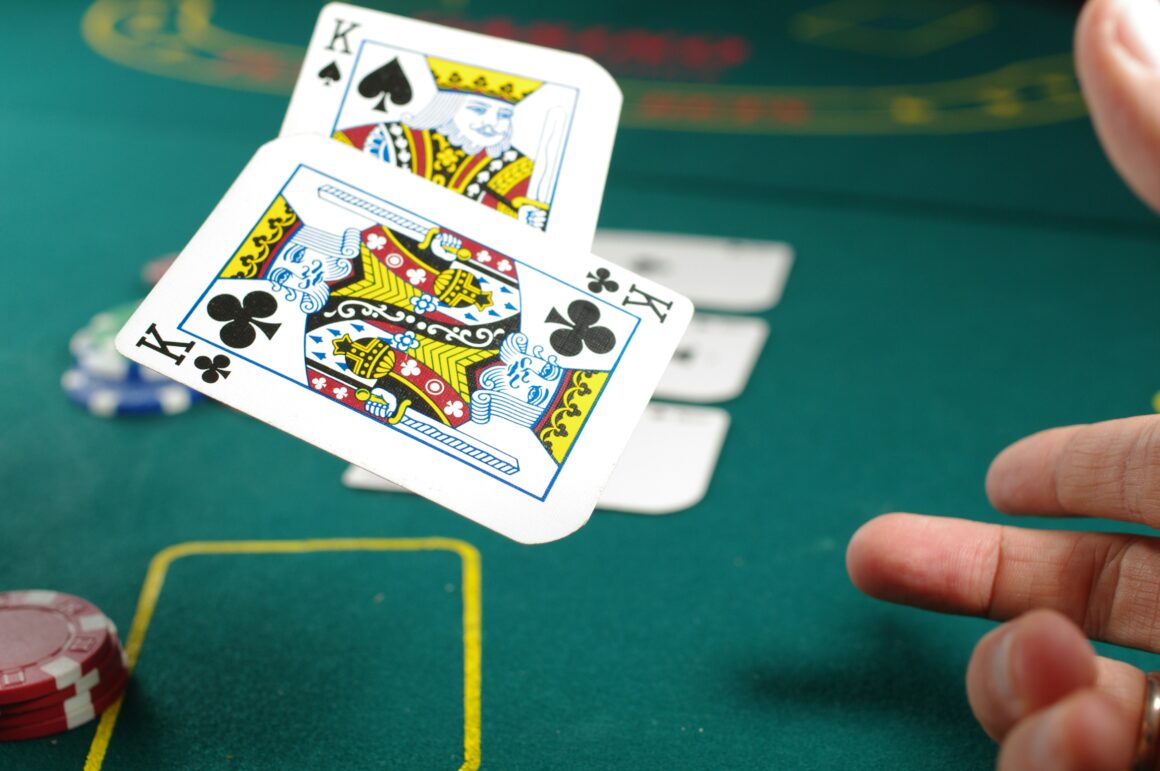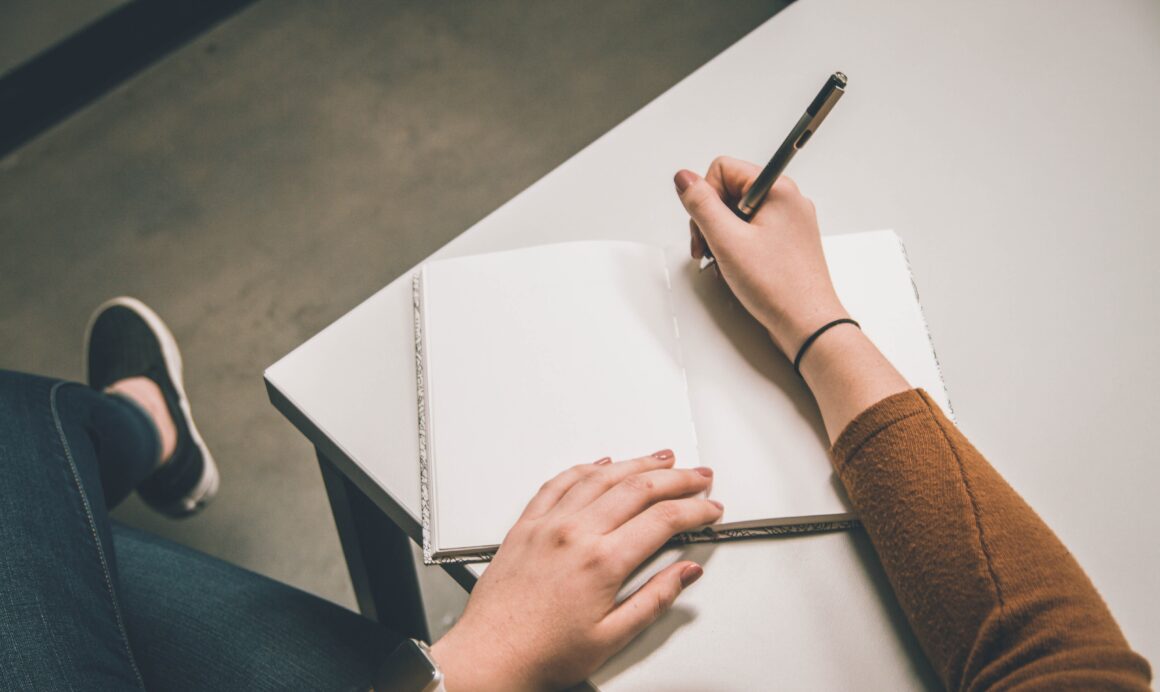
Last week, luxury fashion house Dolce & Gabbana revealed their hijab (a veil used by Muslim women
Casting a white-passing model to show the collection instead of Middle Eastern, South Asians or other Muslim women who do not fit European beauty ideals leaves us wondering whether the brand’s new range is a celebration of diversity or just a marketing strategy, and is it even granting Muslim women more representation or just reducing the hijab, something they are often mocked and even attacked for, to a fashion statement with increasing profit as their main objective?
Muslims spent $266 billion on clothing & footwear in 2013, and a large number of the biggest buyers of couture reside in the Gulf, so catering to that untapped market doesn’t come as much of a surprise. While the numbers may deceive you into thinking that this is a fairly safe move, Dolce & Gabbana catering to the community in a time where Islamophobia is undeniably present and rising is actually quite risky. However, is this bold move meant to stand in solidarity with Muslims, or simply a ploy to financially benefit from them?
While the hijab is more of a religious symbol than a cultural one, it still holds a lot of meaning, and many Islamic cultures revolve around religion, so could this be a form of appropriation? Appropriating culture in the name of fashion has become some sort of trend, a pattern which can be seen everywhere from Valentino’s cornrows to Victoria’s Secret’s Native American headdresses, so could the Dolce & Gabbana be following that same trend?
Last autumn, H&M’s advert featured a Muslim model in a hijab, gaining a lot of praise and positive feedback, possibly creating a ripple effect. Brands like DKNY, Oscar de la Renta and Tommy Hilfiger have also produced pieces targeting the Muslim market. While both H&M and Dolce & Gabbana featured
The GCC is the biggest market for
However, could the introduction of looser, more modest pieces to high fashion combat the highly


